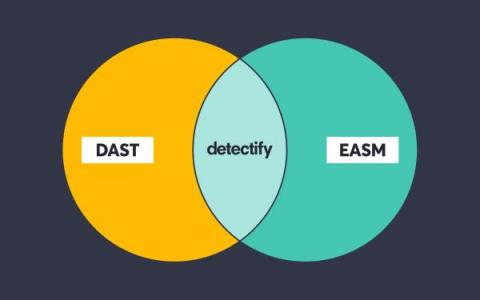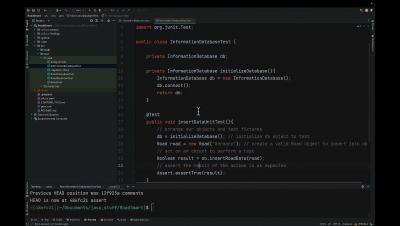How to Fuzz JavaScript with Jest and Jazzer.js
In this post, we will show how you can write fuzz tests for your JavaScript projects in Jest as easily as regular unit tests. To make this possible, we have added integration for Jazzer.js into Jest, which enables you to write fuzz tests using the familiar Jest API. Additionally, you get great IDE support with features such as debugging and test coverage reporting out-of-the-box. This integration enables a smooth user experience with the advanced fuzzing technology provided by Jazzer.js.











